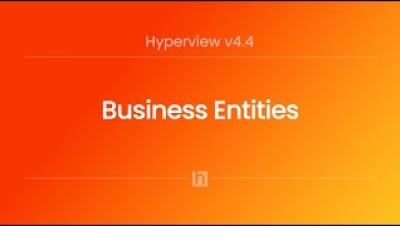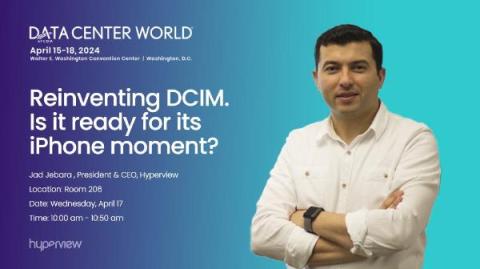Business Entities
We’re thrilled to share Version 4.4 release with new feature updates: Business Entities for tracking customers, partners, and departments, improved control for transfer switch power devices, streamlined bulk actions for Business Entity association with assets, enhanced import capabilities for connections and circuits, and advanced search function to filter by Business Entity for easier, more efficient work.






